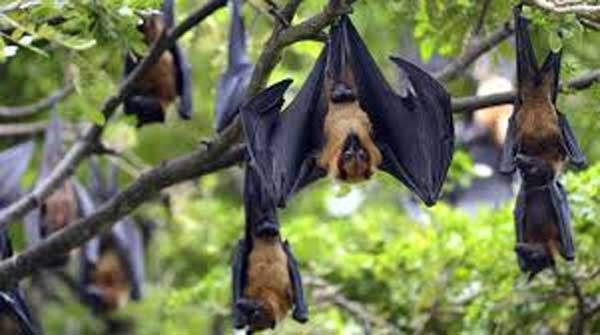Nagpur: Nipah virus infection is in the news following an outbreak of this viral infection in Kerala leaving 10 patients dead including a nurse who was looking after these patients.There are many others who are being treated for this infection. The virus was first found in patients in Malaysia in a village in 1998 . The name of the village was Kampung Sungai Nipah, hence the name Nipah virus, informed Dr. Jay Deshmukh in an event organised by IMA. He mentioned the threat that Nipah can be used as weapon for bio-terrorism. There are many beliefs and misconceptions spread around people regarding Nipah virus. Therefore an awareness session was organised at IMA anex hall Shankarnagar.
Dr. Jay Deshmukh,senoir physician, Dr. Nina Mishra, associate professor GMC and Assistant director health services, DDHSS – Dr. Milind Ganvir, answered and unveiled various queries related to Nipah. the same is given in que-ans format as narrated by them.
1. What are the symptoms of Nipah virus infection ?
Infection with Nipah virus is associated with inflammation of the brain also known as encephalitis. After 4to 10 days of the entry of the virus in our body, the person gets fever, headache, body aches, disorientation and mental confusion. The patient can lapse into coma in 1 to 2 days. Some may have cough and breathlessness. During the Nipah virus outbreak in 1998 , 265 patients were infected with the virus and 40% died. Long term sequale of Nipah virus include persistent convulsions and personality changes.
2. How is the disease transmitted ?
Transmission to humans may occur after direct contact with infected bats, infected pigs or from other Nipah virus infected patients. Person to person transmission of Nipah virus in India is regularly reported. This is most commonly reported in the family and care givers of Nipah virus infected patients. Transmission also occurs due to direct exposure to infected bats. A common example is consumption of raw date palm sap contaminated with infectious bat excretions.
3. How is the diagnosis made ?
A high index of suspicion is necessary . Laboratory diagnosis of a patient with clinical history of Nipah virus can be made during acute and convalescence stage . This is done by a combination of tests. Virus isolation attempts and polymerase chain reaction from throats and nasal swabs, brain fluid, urine and blood should be performed in early stages of the disease. Antibody detection by ELISA can be used later on. In fatal cases immunohistochemistry on tissues collected during autopsy may be the only way to confirm a diagnosis.
4. What is the treatment ?
Being a viral infection there are no specific drugs available to treat this infection . Treatment is limited to supportive care. As Nipah virus encephalitis can be transmitted from person to person, standard infection control practices and proper barrier nursing techniques are important in preventing hospital acquired infections.There are no vaccines available at present.
5. How can Nipah virus infection be prevented ?
This virus infection can be prevented by avoiding exposure to sick pigs and bats in endemic areas and not drinking raw date palm sap. Addition efforts focussed on surveillance and awareness will help prevent future outbreaks. Raising awareness of transmission and symptoms is important in reinforcing standard infection control practices to avoid human to human infections . The infected individual needs to be totally isolated
6.What can you do to stay safe?
Infected persons and those exposed to the virus must be kept in isolation.Wear mask and gloves if you are attending to an infected patient. Wash hands thoroughly with antibacterial soap if you make any physical contact with an infected person. The personal belongings of the patient should be cleaned separately and maintained hygienically . Do not drink toddy brewed in open containers near palm trees.
7. Why is Nipah virus infection dangerous ?
There is no specific targeted treatment available. Treatment is supportive. There are no vaccines available to date. The spread of virus from humans to humans is very rapid and once infected more than half die. These viruses have a tendency to adapt or mutate like the swine flu virus.Some of the deadliest diseases in the world are viral borne diseases.













